Black Walnut Toxicity Explained: What Not to Plant Near a Black Walnut Tree and Best Black Walnut Companion Plants
Black walnut trees (Juglans nigra) are iconic, long-lived trees known for their valuable hardwood, and rich-flavored nuts. However, beneath their beauty lies a lesser-known challenge for gardeners: black walnut toxicity.
If you've ever wondered what not to plant near a black walnut tree, or questioned do black walnut trees kill other trees, this guide will explain everything you need to know about juglone toxicity, plant compatibility, and how to cultivate a thriving garden near walnut trees.

Understanding Black Walnut Trees
A Brief Overview
Native to eastern North America, black walnut trees are prized for their timber and nuts. Reaching heights of 100 feet, they feature pinnately compound leaves and a deep taproot that thrives in well-drained soils. Their nuts are encased in thick green husks, and the trees produce both male catkins and female flowers, which require cross-pollination.
What Makes Black Walnut Trees Unique?
While many gardeners enjoy growing walnut trees for their shade and produce, black walnut trees have a distinctive trait: they secrete a chemical called juglone. Found in the roots, leaves, buds, and nut hulls, this compound can be toxic to many surrounding plants. The result? Black walnut produces juglone, a chemical that interferes with cellular respiration in sensitive plants, inhibiting growth and sometimes causing plant death.

What is Juglone and How Does it Work?
The Science Behind Juglone Toxicity
Juglone (5-hydroxy-1,4-naphthoquinone) is a naturally occurring compound found in all parts of the black walnut tree. It acts as a form of allelopathy, suppressing the growth of nearby plants that are sensitive to its presence.
As detailed in this Purdue University study, juglone is released into the soil through root exudates and decomposing plant debris. Sensitive species that come into contact with this compound often experience stunted growth, yellowing, wilting, and in some cases, death.
How Far Does Black Walnut Toxicity Spread?
The black walnut toxicity zone can extend up to 50–80 feet from the tree, with the highest juglone concentrations typically found within the tree’s drip line and root zone. Notably, even after tree removal, juglone can remain in the soil for months or years due to persistent root systems.
For a deeper dive into toxicity mechanisms, see resources from the University of Wisconsin, Penn State Extension, and Purdue Horticulture.

What Not to Plant Near a Black Walnut Tree
If you’re asking, do walnut trees kill other plants or what does black walnut do to other plants, the answer lies in their juglone-producing ability. Many common landscape and edible plants are sensitive to juglone. Here's a breakdown:
Sensitive Vegetables:
Sensitive Fruits:
Note: Blueberries are sensitive to juglone and, as acid-loving plants, are generally poor companions to black walnut trees due to both toxicity and differing soil pH preferences.
Sensitive Landscape Plants:
- Azalea
- Rhododendron
- Lilac
- Hydrangea
- Yew
- Privet
- Red chokeberry
- Viburnum (some species)
Sensitive Flowers:
- Roses
- Narcissus (some)
- Chrysanthemums (some)
- Lily
- Columbine
- Petunia
These plants often show signs of distress when planted within the root zone or dripline of a black walnut tree. It’s best to avoid placing them within 50–80 feet of the trunk.

Best Black Walnut Companion Plants
So, what can grow near black walnut trees? Thankfully, a wide range of juglone tolerant plants thrive in these conditions.
Juglone Tolerant Vegetables:
Note: Beans (lima and snap) are generally juglone tolerant, but tolerance can vary by cultivar and soil conditions. Some cultivars may show mild stress under heavy juglone exposure.
Juglone Tolerant Trees and Shrubs:
- Elderberries
- Catalpa
- Oak
- Red Cedar
- Maple (most species)
- Hickory
- Pawpaw
- Persimmon
- Arborvitae
These species are considered juglone resistant trees, suitable for mixed plantings near black walnuts.
Juglone Tolerant Shade Plants and Perennials:
- Hostas (many types)
- Coral Bells
- Astilbe
- Daylilies
- Ferns (e.g., Polystichum spp.)
- Virginia Bluebells
- Trillium
- Bugleweed
- Sweet woodruff
- Violets
- Shasta Daisy
For colorful displays, consider sunflowers or plant from sunflower seeds. These flowers are not only beautiful but make excellent juglone-tolerant companions.
Explore more tolerant species in Grow Organic’s potted trees and shrubs collection.

Designing a Garden Around Black Walnut Trees
Strategies for Success
If you want to plant under or around a black walnut, consider the following tactics:
1. Create Physical Barriers
Raised beds or containers can isolate sensitive plants from juglone-contaminated soil. Be sure to use high-quality, fresh soil and elevate the beds well above ground level.
2. Clean Up Debris
Juglone accumulates from fallen leaves, shells, and branches. Regularly rake and compost black walnut leaves separately. According to Penn State University Extension, juglone typically breaks down over weeks to months, accelerated by good soil aeration, microbial activity, moisture, and exposure to air and water. However, juglone may persist longer in poorly drained or compacted soils.
3. Use Shade Cloth
Shade cloth can help moderate light levels for sun-sensitive plants, but it does not reduce juglone toxicity in the soil.
4. Fertilize Thoughtfully
Azaleas are sensitive to juglone and should be planted well outside the black walnut’s root zone (typically beyond 50–80 feet). If grown in juglone-free soil, acid-loving fertilizers can support their growth.

Conclusion
Black walnut trees are stunning, shade-giving, and productive, but they require thoughtful planning due to their allelopathic effects. By understanding what not to plant near a black walnut tree and selecting the right black walnut companion plants, you can maintain a flourishing and balanced garden.
Use tools like raised beds, regular cleanup, and The Home Orchard book to guide your planting strategy. And when in doubt, explore a curated selection of walnut trees for sale from trusted sources.
With proper planning and juglone-aware choices, you can enjoy the beauty and bounty of your black walnut tree—without sacrificing the health of your garden.

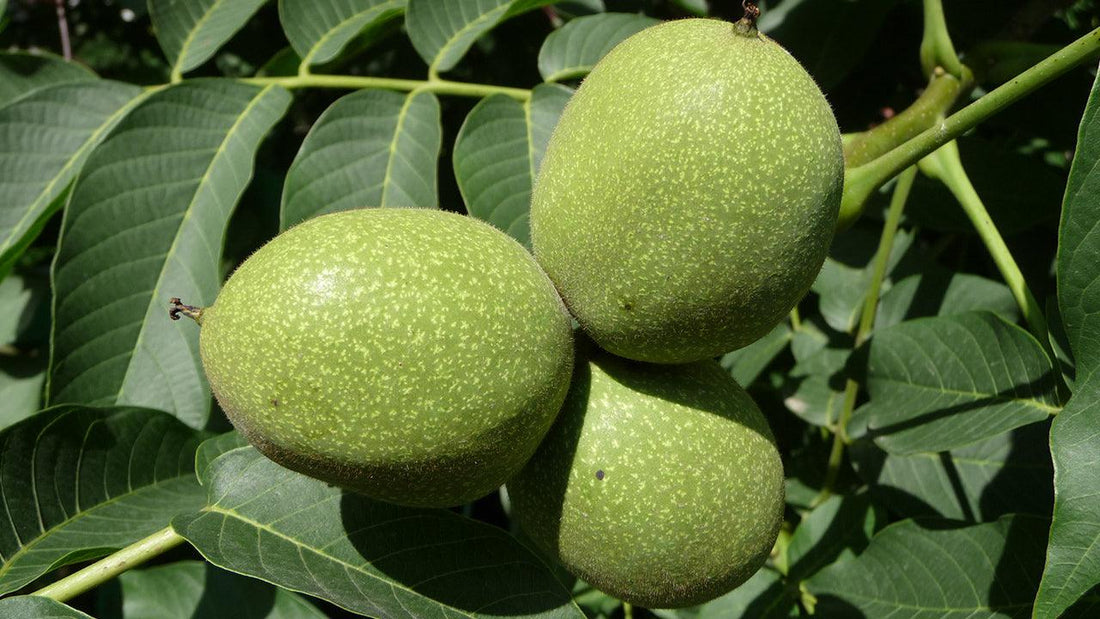
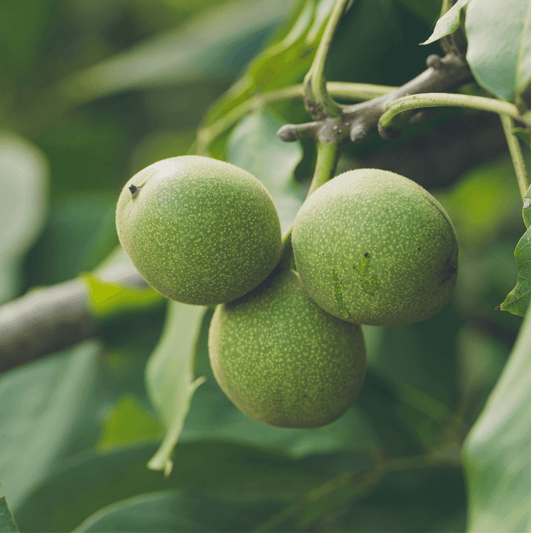
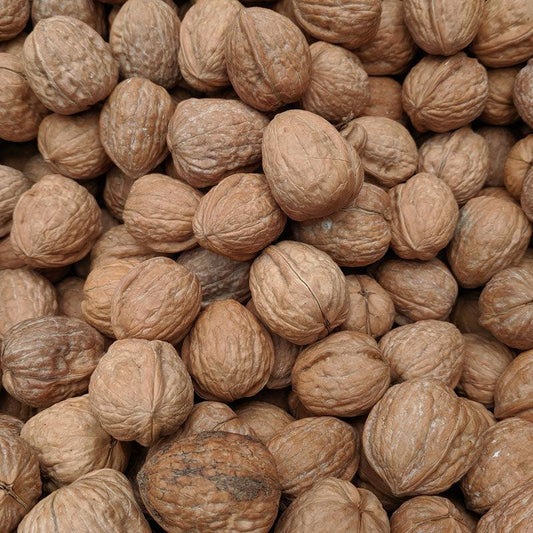
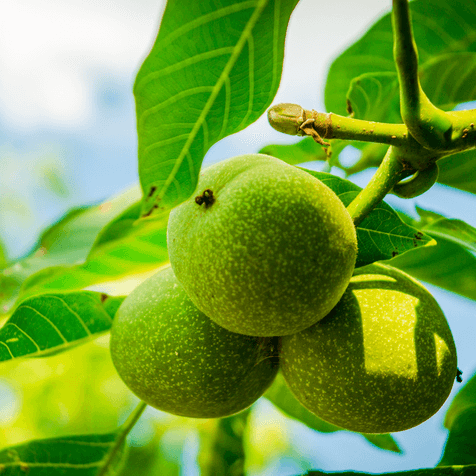
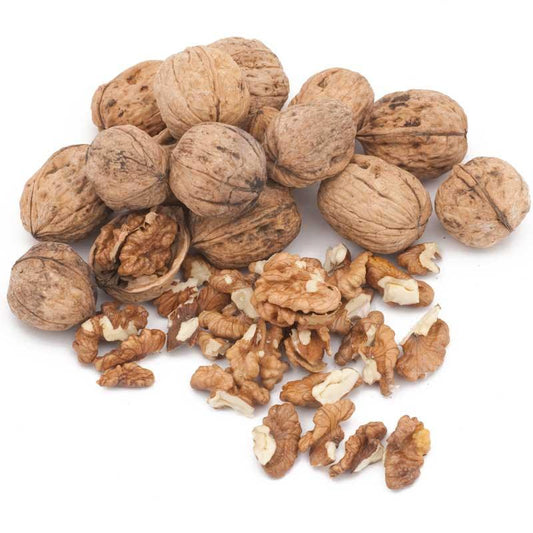
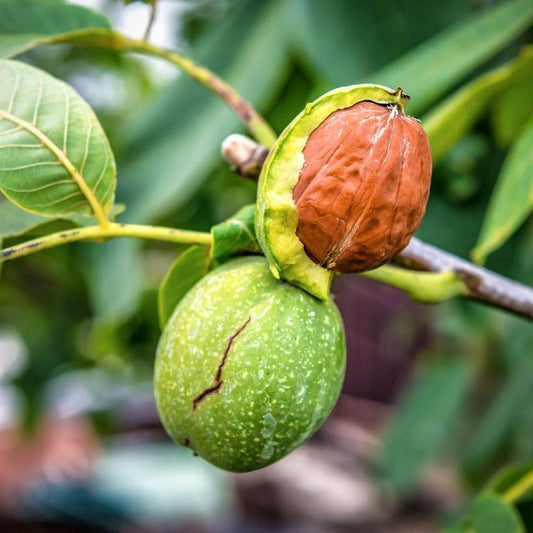
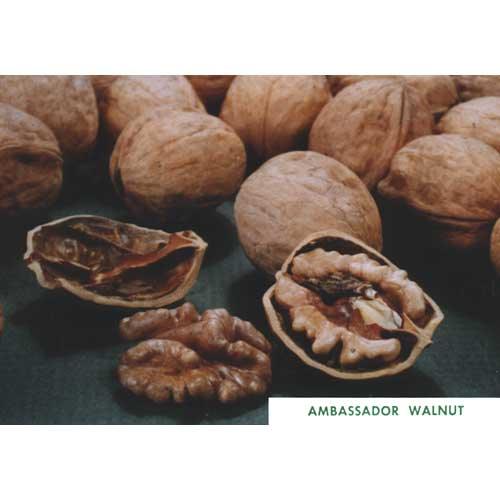
71 comments
Paul, I am not sure of the sensitivity to juglone in hay or cover crops. This would be a good question for your local Ag Extension contact.
I have access to large quantities of black walnut hulls and want to dispose of them in an efficient and responsible manner. Are there any field/hay crops that are tolerant of walnut hulls that are spread on a field? If the hulls were spread on a field, would they adversely affect the Ph of the soil?
Joy, if your trees were cut down 4 years ago, you should be fine to plant in the area. Juglone breaks down after about a year.
We have four black walnut stumps (from what were mature trees) that have been dormant for about four years. Will we be able to grow tomatoes and other veggies in raised beds in their vicinity? We did encounter root systems when digging out soil to place a raised bed.
Jodi, take a look at the articles linked in the blog. If they are not listed in the articles, then you may need to do some additional research online to find out if they are sensitive.